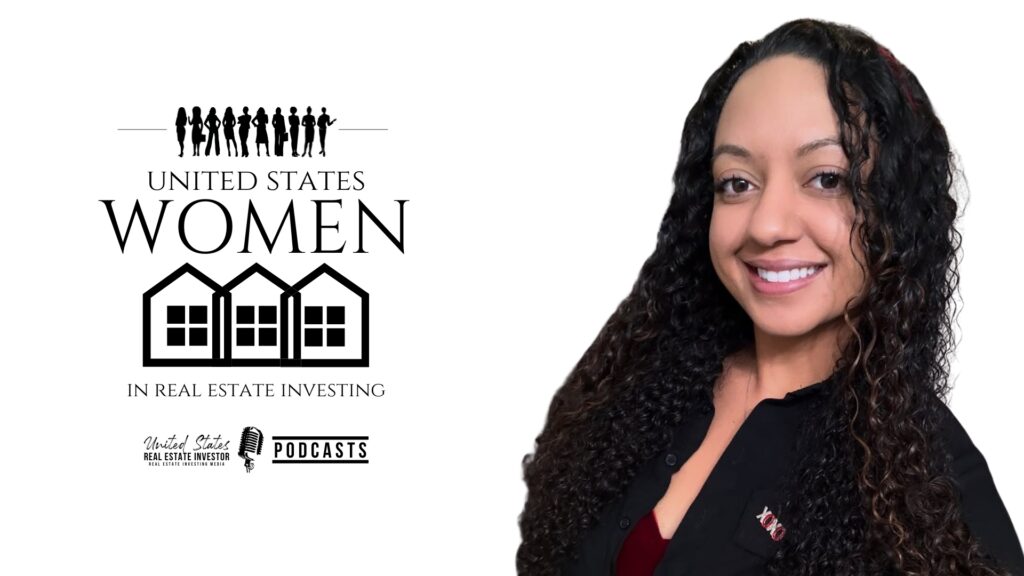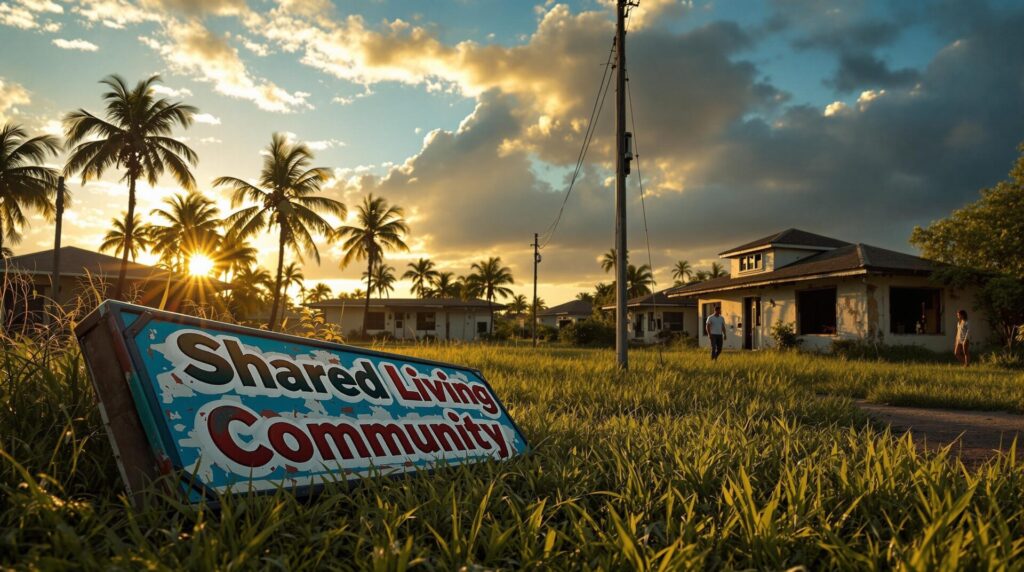Key Takeaways
- Rent shock: Florida cities are experiencing up to 25% rent increases, creating financial strain for tenants.
- Insurance crisis: Landlords face skyrocketing premiums, with some seeing 40% hikes in just two years.
- Evictions rising: Eviction filings have increased by 32%, as tenants and landlords struggle to navigate the crisis.

Florida’s Rent Surge: A Crisis for Tenants and Investors
Florida’s rental market has become a battleground, with landlords and tenants struggling under the weight of skyrocketing rents. In the past year, rents in cities like Miami, Tampa, and Orlando have surged by as much as 25%, leaving renters scrambling to afford basic housing.
Landlords, however, are facing their own nightmare—rising property taxes, insurance premiums, and maintenance costs are eating into profits at an unprecedented rate.
Insurance Market Collapse Sends Shockwaves
The crisis is magnified by the implosion of Florida’s insurance market.
With multiple insurers pulling out of the state, landlords are left with limited—and exorbitantly priced—options. Insurance premiums have jumped 40% in just two years, forcing many property owners to offload their investments.
The resulting sell-off is flooding the market with inventory, creating ripple effects across the state’s real estate ecosystem.
Eviction Filings Skyrocket Amid Financial Strain
Adding to the chaos, eviction filings have surged by 32% in major metropolitan areas. Tenants who cannot keep up with rising rents are being forced out, while landlords file to recoup unpaid rent.
Advocacy groups are calling for emergency legislation to cap rent increases and provide relief to struggling renters, but landlords argue that such measures would further destabilize the market.
Related Facts
How State-Specific Factors Shape Insurance Costs and Coverage
Insurance companies calculate costs and coverage for policies using a combination of factors that vary by state due to differing laws, regulations, and risks. Here’s a detailed explanation of how this process works:
1. State-Specific Risk Profiles
Insurance companies assess risks based on the geographical, economic, and environmental factors unique to each state:
- Natural Disasters: States prone to hurricanes, tornadoes, floods, earthquakes, or wildfires (e.g., Florida for hurricanes, California for wildfires) often have higher premiums due to the increased likelihood of claims.
- Crime Rates: Areas with higher theft or vandalism rates can lead to increased home or auto insurance premiums.
- Population Density: Urban areas with dense populations may experience higher rates of accidents, theft, or claims, driving up costs compared to rural areas.
2. Regulatory Environment
State governments heavily regulate insurance through their departments of insurance:
- Rate Filing Requirements: Insurers must file proposed rates and coverage options with the state’s insurance commissioner, who ensures they are not discriminatory or excessive.
- Minimum Coverage Mandates: Some states require higher minimum coverage limits for auto or property insurance, increasing costs for policyholders.
- Consumer Protections: States with strong consumer protections, such as caps on premium hikes or requirements for certain coverages (e.g., earthquake insurance in California), affect how insurers calculate premiums.
3. Historical Claim Data
Insurers analyze extensive data from past claims to predict future costs:
- Frequency and Severity of Claims: High-frequency claims in a state (e.g., hail damage in Texas) increase overall premiums.
- Statewide Loss Ratios: The ratio of claims paid to premiums collected in a state helps determine whether premiums need to rise.
4. Local Building Codes and Standards
- States with stringent building codes designed to mitigate risks (e.g., hurricane-resistant construction in Florida) can lead to lower premiums if they reduce the likelihood of major damage.
- Conversely, lax codes or high rebuilding costs can increase premiums.
5. Litigation and Legal Climate
States with higher rates of litigation or favorable legal environments for plaintiffs (known as “judicial hellholes”) often see higher insurance premiums. This is particularly relevant for liability and health insurance.
6. State Economic Factors
Economic conditions influence insurance costs indirectly:
- Cost of Living: States with a higher cost of living may have higher repair or replacement costs, impacting auto and property insurance.
- Labor and Material Costs: High labor costs or shortages of building materials affect claim payouts, leading to higher premiums.
7. Insurance Pooling
States often require insurers to participate in state-run insurance pools, especially in high-risk areas where private coverage is limited:
- Assigned Risk Pools: For individuals or properties deemed too high-risk for private coverage, state programs may offer insurance at higher rates.
- Reinsurance Costs: States in high-risk areas may require insurers to purchase reinsurance, a cost passed on to policyholders.
8. Premium Adjustments for Local Factors
- Zip Codes: Premiums often vary even within states, with insurers using ZIP codes to evaluate specific risk levels.
- Demographics: Factors like age, driving record, and homeownership influence individual premiums within state guidelines.
9. State-Specific Discounts
Insurers offer discounts that vary by state, such as:
- Discounts for hurricane-resistant features in Florida.
- Credits for fire-resistant roofing in wildfire-prone areas like California.
- Good driver or multi-policy discounts, often tailored to state-specific demographics or risk profiles.
Example: Florida vs. Indiana
- Florida: High hurricane risk, rising property values, and an unstable insurance market lead to premiums often 3–4 times higher than in inland states like Indiana. Strict building codes and reinsurance requirements further complicate pricing.
- Indiana: Moderate weather risks and low population density contribute to more affordable premiums. Minimal regulatory burdens reduce administrative costs.
State-specific factors significantly influence insurance calculations.
By analyzing environmental risks, legal climates, economic conditions, and historical claim data, insurers tailor policies to balance risk with affordability.
While this state-centric approach ensures insurers remain solvent, it also creates disparities in premiums and coverages nationwide.
Assessment
Florida’s rental market is at a breaking point, with both landlords and tenants bearing the brunt of an unstable economy.
For investors, the Sunshine State is no longer the easy win it once was. The combination of insurance woes, rising taxes, and tenant financial instability is rewriting the rules for real estate in one of the nation’s hottest markets. As housing prices continue to climb, many potential buyers find themselves priced out of the market, leading to a significant increase in rental demand. However, even the rental market is feeling the pinch, as homeownership struggles for families are exacerbated by rising costs and uncertainties in job stability. Investors are now faced with the challenge of navigating this complex landscape, requiring a more strategic approach to ensure profitable returns.
Smart investors will need to adapt quickly or risk being burned by the ongoing volatility.





















